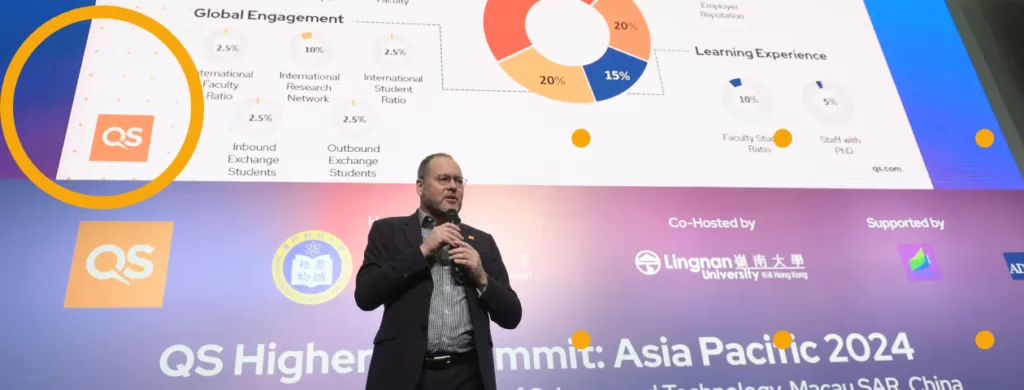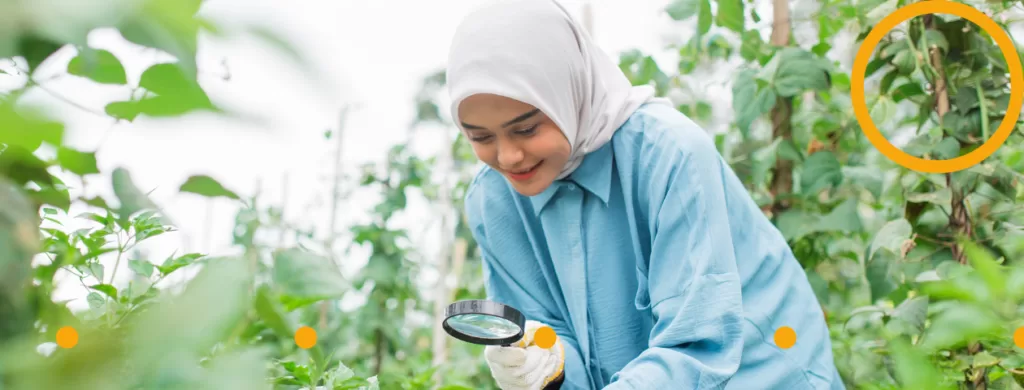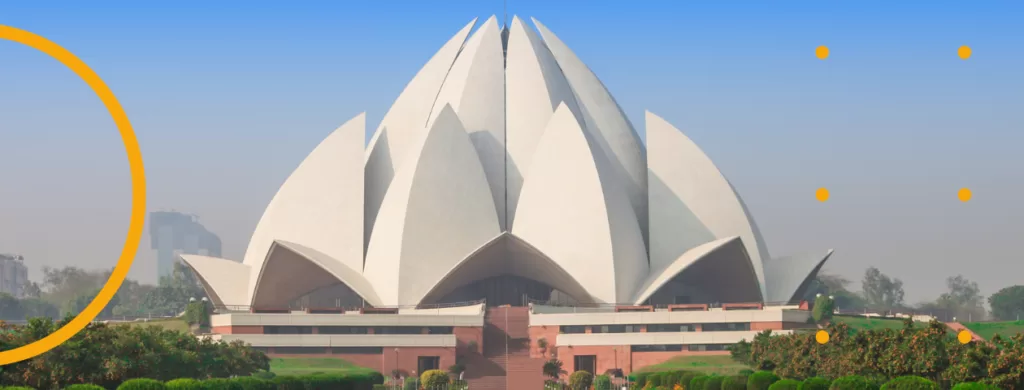
For the last blog in our three-part series, we spoke with the developers of Carbon Literacy Training about their work to increase understanding of climate solutions and actions among educators, communities, organisations and students.
It is not difficult to convince those in the higher education sector of the critical role education plays in efforts to create positive and tangible change in the world.
For Prof Dr Petra Molthan-Hill, Professor of Sustainable Management and Education for Sustainable Development at Nottingham Business School, Nottingham Trent University, UK and Co-Chair of the UN PRME Working Group on Climate Change and Environment, educating people in the climate crisis is a critical step in finding climate solutions.
We spoke with Dr Molthan-Hill and her colleagues in the UN PRME Working Group on Climate Change and Environment, about the work they’re doing to make sure all those with the power to address sustainable development goals are carbon literate.
Congratulations on your gold Reimagine Education award win for Carbon Literacy Training for Educators, Communities, Organisations and Students (CLT-ECOS). Could you tell us a little bit about what Carbon Literacy Training is?
Many people worldwide want to do something to address the rising temperatures and take impactful climate actions. However, they do not necessarily know what the best solutions are and how they can really make a difference. The Carbon Literacy Training gives everyone – university leaders, educators, students, citizens and managers – knowledge and tools so that they can make informed decisions and then implement the chosen climate solutions in their sphere of influence and in their own lives.
Over eight training hours delivered worldwide, we summarise the basic climate change science and share key insights on climate justice in one hour each. However, the main focus is on high-impact climate solutions (six hours). After the training participants know how to calculate the greenhouse gas emissions of different choices, such as eating out of season vegetables compared to eating meat. This means that when shopping, they will be carbon literate so they can make the right choice of what to eat, which products to buy and so on. We also include climate solutions linked to carbon sinks (natural systems that absorb carbon from the atmosphere), which can transform a garden or the big estate of a university or any other organisation. For university representatives, our review of sustainability frameworks will be of highest interest – they are able to pick up the frameworks and solutions and introduce them at their organisations straight away. Essentially, participants feel empowered to take their own actions after our training and motivated to engage others to do the same.
How does it feel to be recognised for your work on sustainability?
It feels fantastic! Our main motivation is to accelerate climate action and to scale up the training so that millions of people worldwide embed the right solutions and advocate that companies make these changes as well. After all, we have less than ten years to achieve a major transformation of all our societies. Getting such a prestigious award helps raise our global profile, making other people aware of our Carbon Literacy Training and encouraging them to join it. We also have a train the trainer approach, so we hope more will want to be trainers and multiply our efforts after this recognition. In fact, if anyone reading this would like to join our next free training, please register according to a suitable time zone: Eastern Time (US and Canada) and Europe & Central Asia.
What do you think it means to be ‘carbon literate’ and how does it help your audience/users to become more sustainable?
As every person learns to read and write, everyone needs to be able to read in the ‘carbon book of life’. As everyone knows the letters to read words and access their meaning, everyone should be able to put the different parts of climate change together: What are the greenhouse gas emissions? How do we release them? What can we do in every single human activity to release less of them? How is carbon captured in natural processes? How can we capture more of it by changing our campus development or our gardening?
With CLT-ECOS attendees become carbon literate and acquire the skills to distribute their knowledge to make carbon-conscious decisions. This includes the ability to calculate the carbon emissions of every human activity from using an air-conditioning unit or drinking a cappuccino to buying clothes or using a hedge trimmer. Frequently we don’t realise that small changes in our behaviour can have a big impact on our carbon footprint. And the same way kids learn behavioural patterns from their parents, students should learn how to be carbon literate from the universities – faculty members, administration, SDG values that universities live and breathe. Becoming carbon literate offers tools to choose climate solutions with the highest impact on improving the future for all.
How do you see Carbon Literacy Training having a real-world impact on the sustainable development goals (SDGs) and are there specific SDGs goals that your project addresses?
CLT-ECOS focuses on SDG 13: Climate Action and we believe getting this right is the foundation for getting every other SDG right, such as addressing poverty and hunger. In our training, we highlight how climate solutions can and should be evaluated according to whether they improve other SDGs and who is benefitting from the solution; a few wealthy people, marginalised people, or everyone in each community?
One example is closing streets for cars on certain days in major cities such as Bogota, New York or Beijing which reduces carbon emissions and air pollution. Simultaneously, pedestrian-only streets allow people to cycle on the roads and do other fun family activities, thereby also increasing their physical and mental wellbeing.
In the training, we use a very simple but powerful tool called FLOWER; the Framework for Long-Term, Whole-System, Equity-based Reflection, developed by MIT’s Climate Interactive to evaluate climate solutions as to whether they have additional benefits on other SDGs and whether the benefits are equally distributed. We encourage our users to design and embed their own FLOWERS!
What advice do you have for anyone who feels frustrated by a perception of inaction on addressing the sustainable development goals– in particular, the climate emergency?
Dr Alex Hope, Co-Chair of the UN PRME Working Group on Climate Change and Environment gives this advice:
Our advice would be for people to focus on their own contributions to climate change and what they can do as individuals to help address the problem. It’s common for people to feel that their own actions are insignificant when considered alongside those of large corporations, or that it’s a problem for governments to deal with. However, it’s important to remember that in the same way our own small individual carbon emissions add up to a large global climate problem, our individual positive actions, no matter how seemingly insignificant, can lead to meaningful global impact.
For example, turning your household heating down by 1 degree Celsius can save as much as 300Kg CO2; the emissions created by flying from London to Rome. It can also cut up to 20% from your heating bill and save you money. However, we also recommend that everyone makes the changes in their sphere of influence, so if you lead a big organisation, change that organisation as much as you can! Universities have responsibilities to trigger this change through young people. And last, but not least, individuals can influence governments and organisations by training more people and jointly requesting changes.
How important do you believe the higher education sector is (such as the institutions, research, and students) to efforts to achieve the sustainable development goals and why do you think this is?
Dr Jennifer Leigh having delivered several CLT-ECOS shares this opinion:
SDG 4: Quality Education, calls for equal access to tertiary education as part of the provision of lifelong learning opportunities for all. The more that people can educate themselves on sustainability issues and climate change mitigation tools, the better prepared we will be as a society to develop solutions to such challenges.
The higher education sector has three critical roles to play in contributing to the sustainable development goals. Firstly, collaborative research by academics is essential in solving societal challenges and sharing these insights through training opportunities to other sectors such as health, employment, and the environment. Secondly, higher education institutions also have a major role to play in preparing students for the challenges of the 21st century. Young people want to see actions, want to know how they and people who they trust can make measurable impact. Bridging the gap between theory and real-life actions is key here. Finally, there are the sustainability impacts associated with the sector itself. Universities are large organisations that have significant impacts on the environment through their estates and daily operations. They are full of academics who travel internationally to engage in research, as well as students who have travelled from every corner of the globe to study. The resultant carbon emissions from travel are a problem for the sector and efforts to reduce these will have a real impact on carbon emissions globally.
What do you hope the future holds for ‘Carbon literacy training for educators, communities, organisations and students (CLT-ECOS)‘?
Climate change and its related impacts touches all parts of society; every organisation, academic discipline and individual person. Our training is set up as a ‘train the trainer’ so that each person that we train could become a trainer and advance the understanding of any group or organisation they are involved with. Feedback from the previous years also highlights the appreciation participants have for not just talking the talk but giving them tools to walk the walk and drive impactful change in their communities.
The UN PRME Working Group on Climate Change and Environment-led by Dr Molthan-Hill, Dr Hope, Dr Leigh and many others have big plans for CLT-ECOS. The focus in 2022 is offering the training in different parts of the world and adapting it to specific countries. We hope that a university or state authority such as the Ministry of Education in each country will then take the lead and decide to distribute the training for free to all other organisations since open access is core to our theory of change. We also plan to adapt the training to different industries, such as a version specific to the fashion industry. One of our dreams would be if we would get sponsors to support us with this enormous task as in the end, we would like to train every citizen in the world! We hope that as we reach as many people as possible worldwide and empower them to embed the most impactful climate solutions in their work and life. In doing so, our planetary and personal wellbeing will both be enhanced!
QS events and conferences bring together thought leaders and experts in the higher education sector to network, share innovative thinking and spark critical conversations.
If you would like to learn more about innovation within higher education, you’re invited to register for Reimagine Education 2022; a virtual conference taking place on the 5-9th December.
To learn more about what else QS has planned for 2022, please click here.



